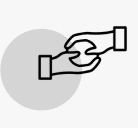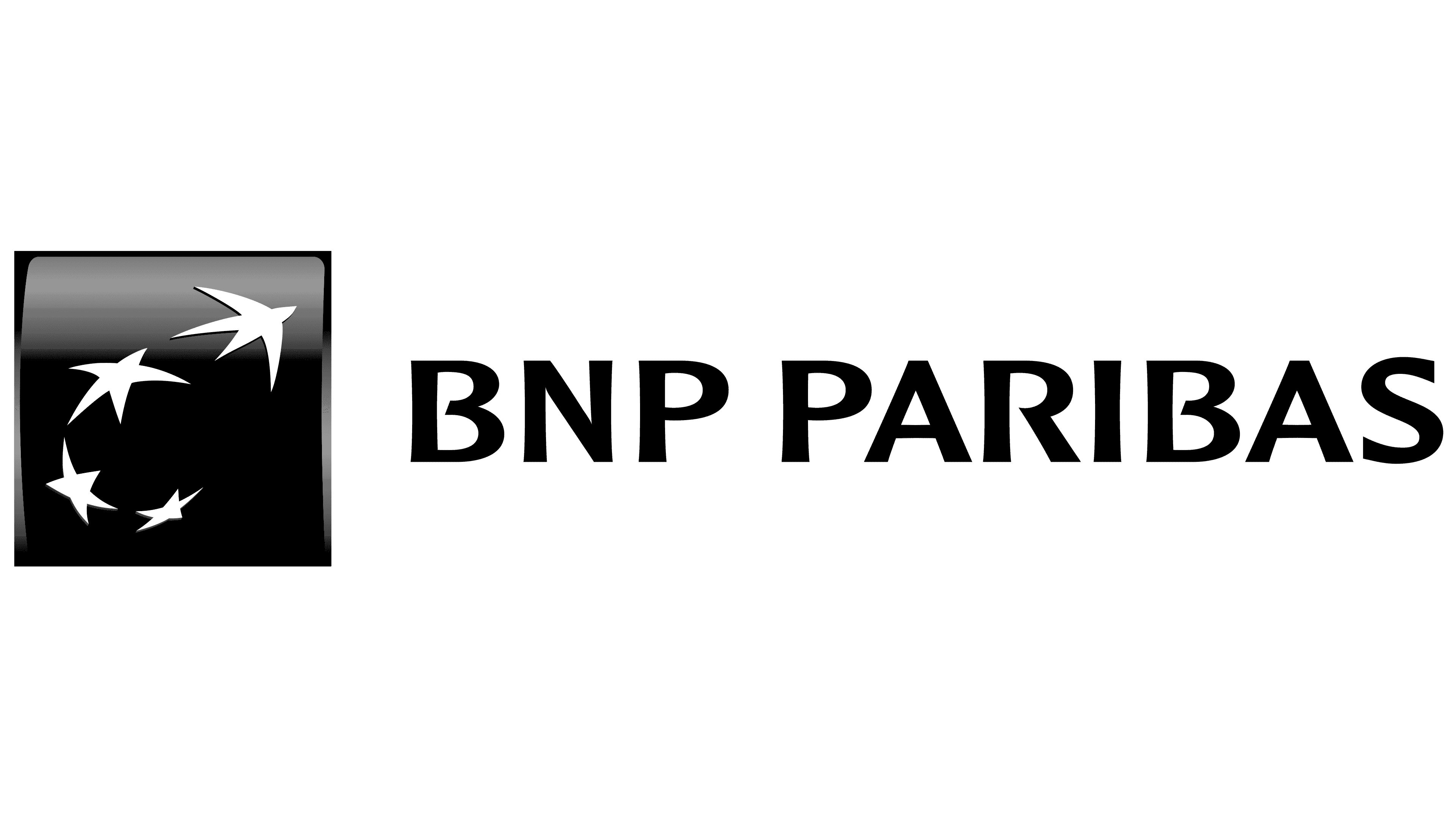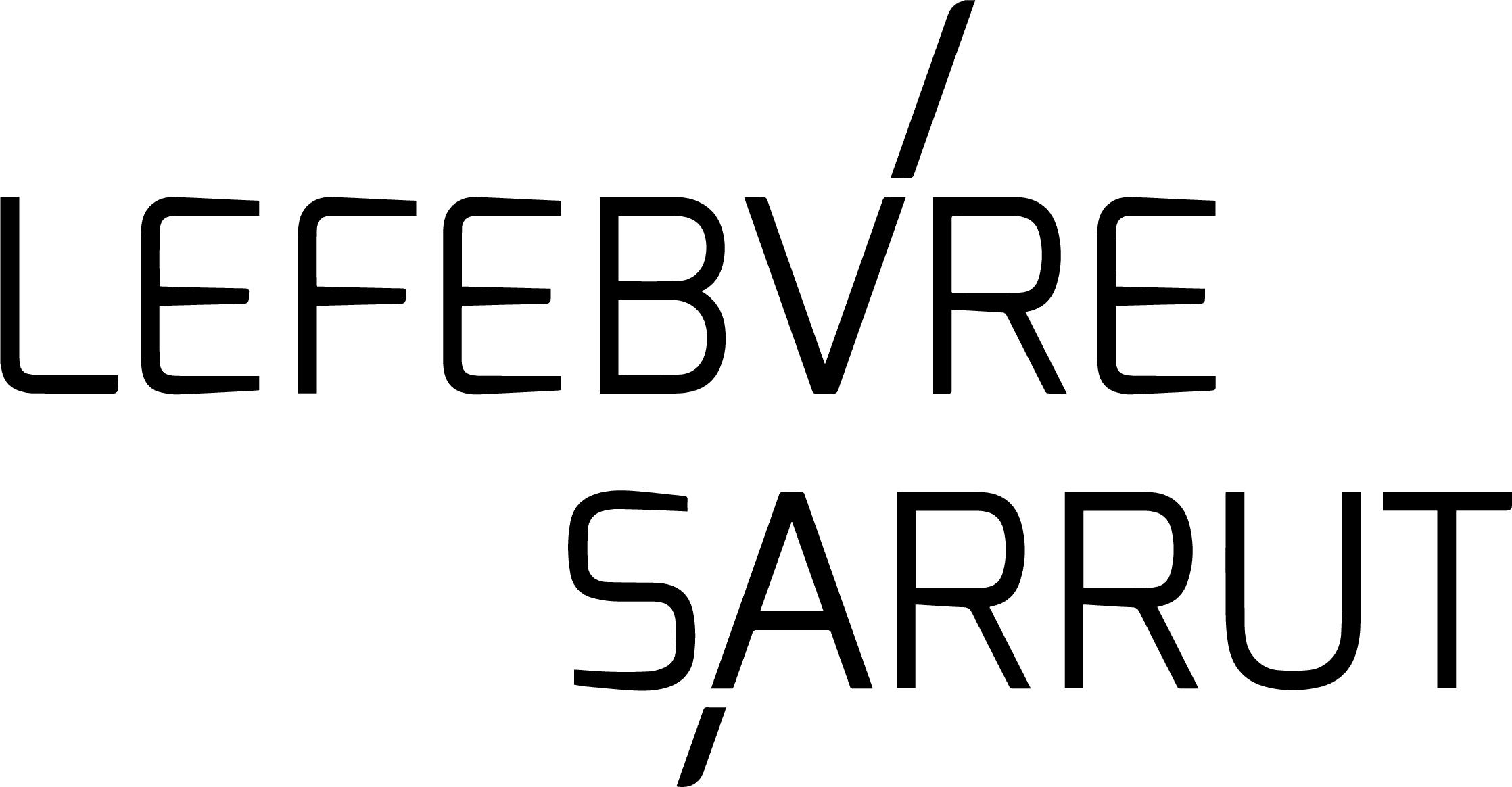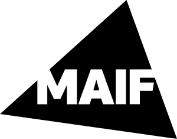Our R&D work led us to closely evaluate dark patterns, those interfaces that deceive or manipulate users by manipulating our cognitive biases. We have created a new taxonomy, actionable by all parties, and the concept of "fair patterns": interfaces that empower users to make free and informed choices. We also developed a grid for identifying and analyzing dark patterns, processes to remedy them, and dedicated training (link to platform). Whether you are a designer, developer, marketer, or lawyer, this Masterclass will give you the keys to understand and avoid dark patterns.
Masterclass: Fight against Dark Patterns
- 1/2 day
- Online or in our offices
- 12 participants maximum
- French or English















































